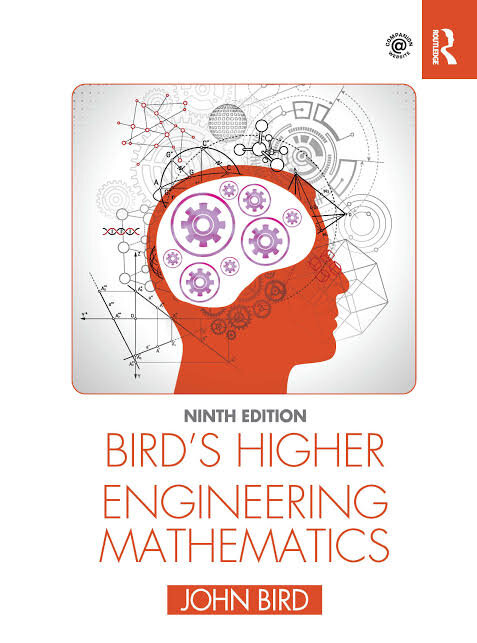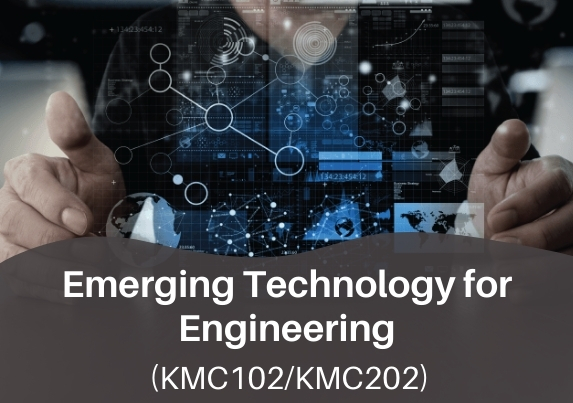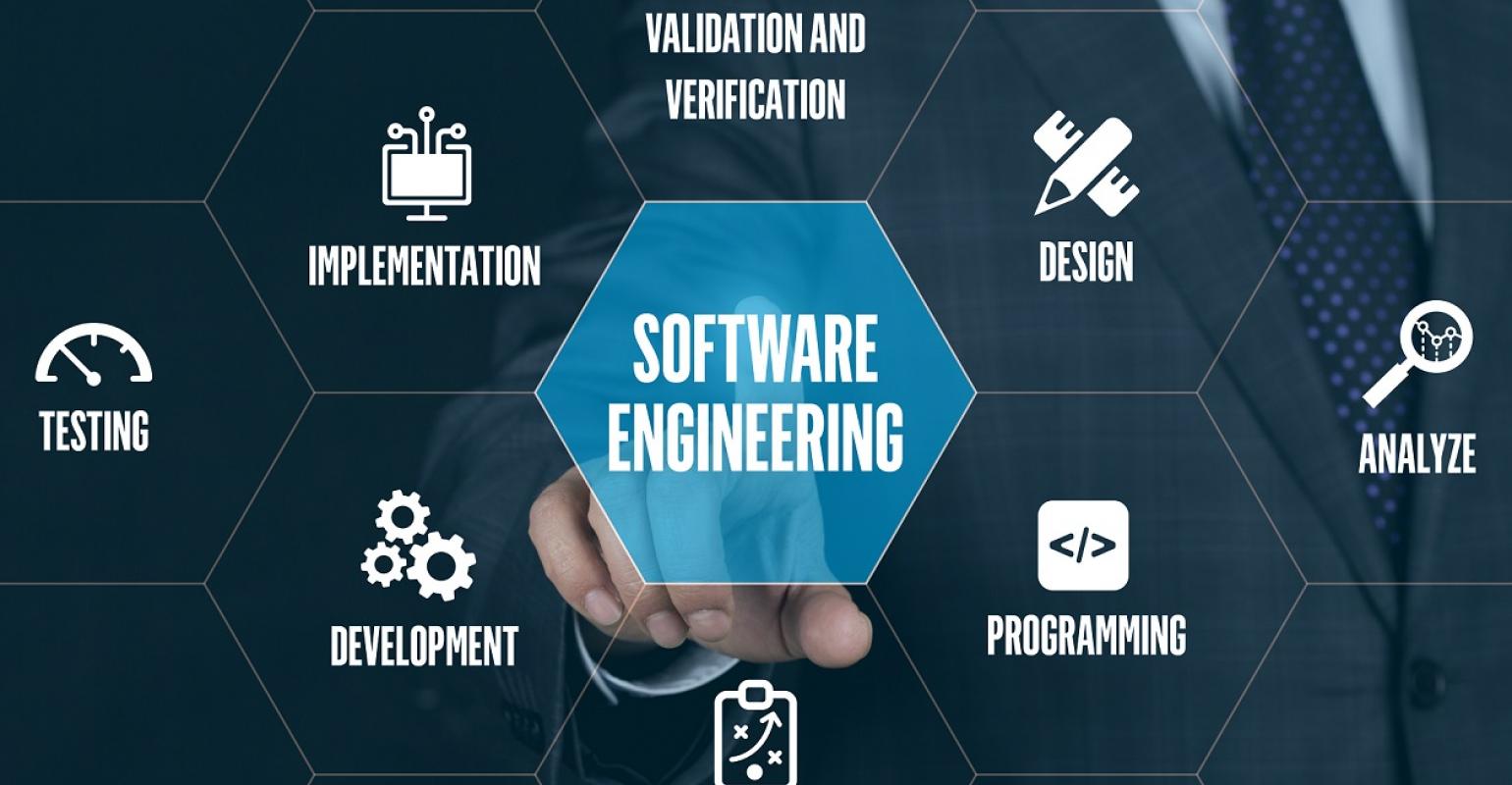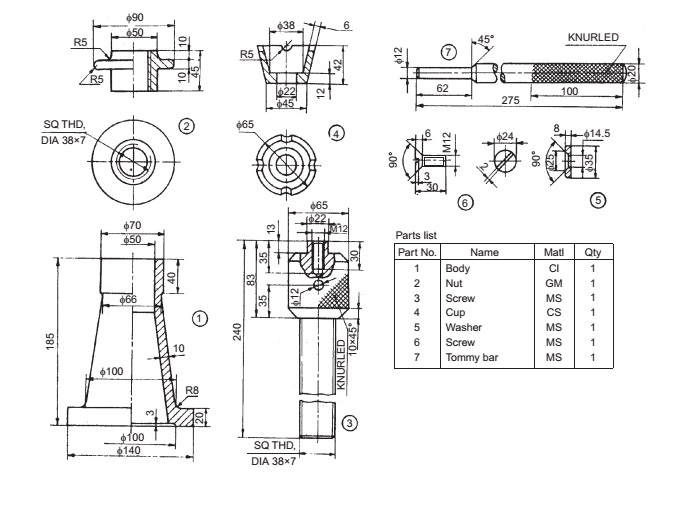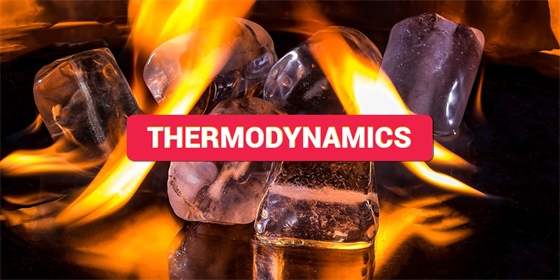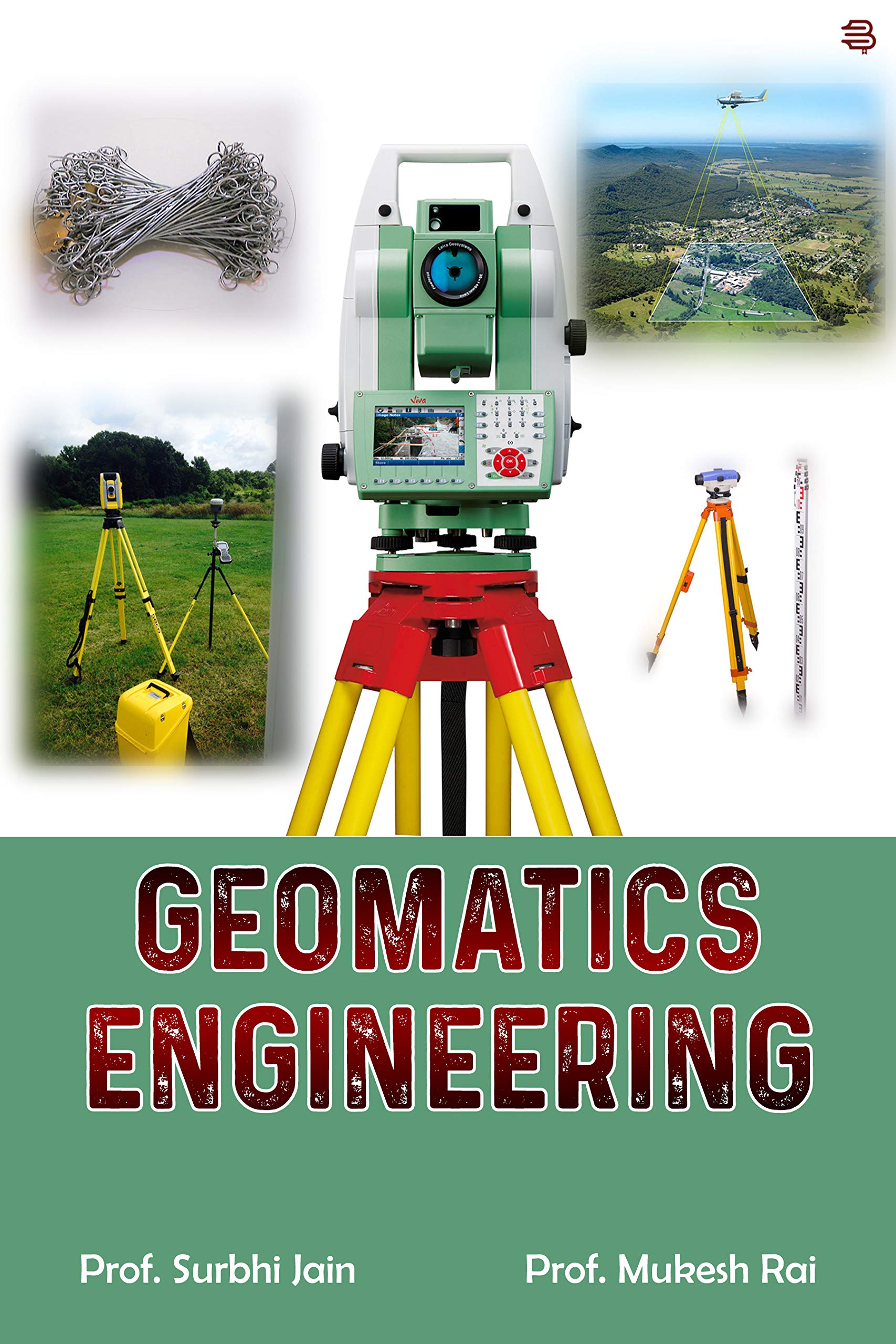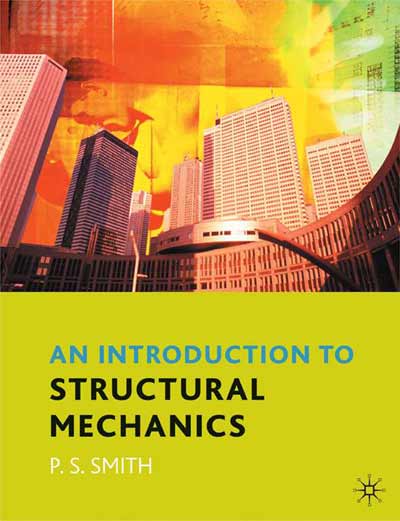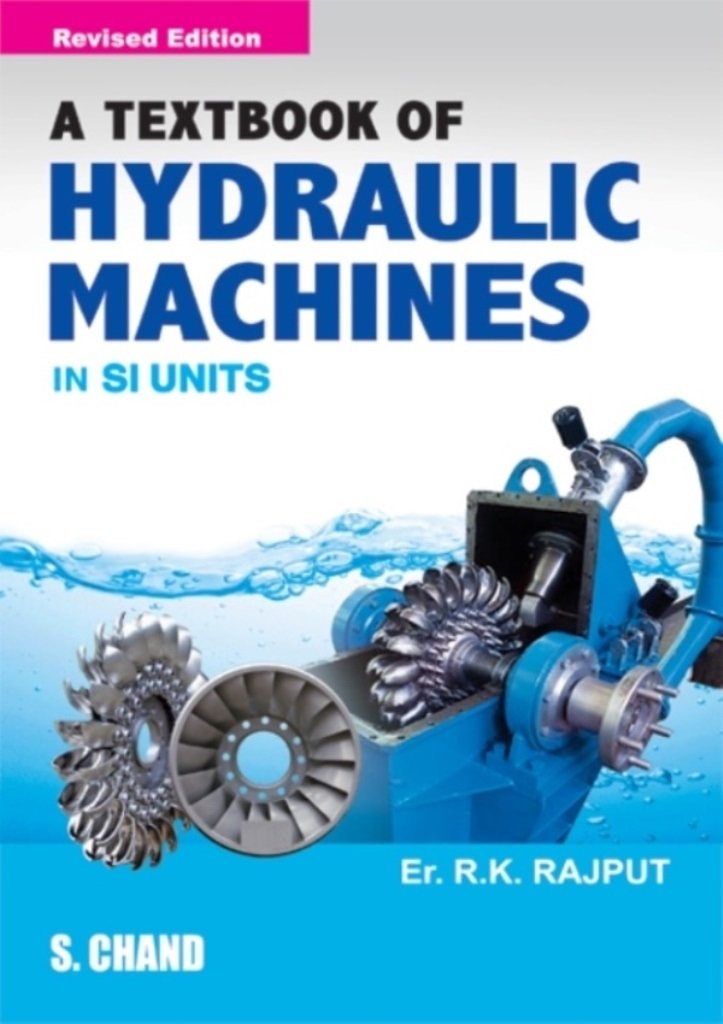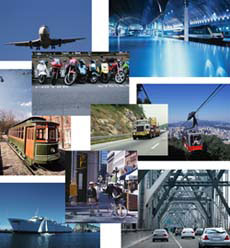
Applied Physics includes the study of a diversified topics related to the world around us. It
aims to give an understanding of this world both by observation and by prediction of the way
in which objects behave. Concrete knowledge of physical laws, analysis and applications in
various fields of engineering and technology are given prominence in this course content.
Learning Outcome
- Identify the use of S.I. system of measurement with accuracy and how it is used in engineering
- Represent physical quantities as scalars and vectors, applying the physical laws and concepts of linear and circular motion in everyday life.
- Solve difficult problems (walking of man, horse and cart problem, flying of bird/ aircraft, etc.)
- Analyse and design banking of roads/railway tracks and apply conservation of momentum principle to Explain rocket propulsion, recoil of gun etc. • Derive work, power and energy relationship and solve problems about work and power.
- Define work, energy and power and their units. and describe conservation of energy and its applications
- Understand the concept of rotational motion of a rigid body and its applications
- Apply the physical laws and concepts of gravity, its variation with longitude and latitude and its uses in space satellite etc. .
- Understand the concept of elasticity, surface tension, pressure and the laws governing movement of fluids.
- Express physical work in term of heat and temperature; Measure temperature in various processes on different scales (Celsius, Kelvin, Fahrenheit etc.)
- Distinguish between conduction, convection and radiation, identify the different methods for reducing heat losses
- Understand the laws of thermodynamics, Carnot cycle and their applications.
- Teacher: Md Kaleem

